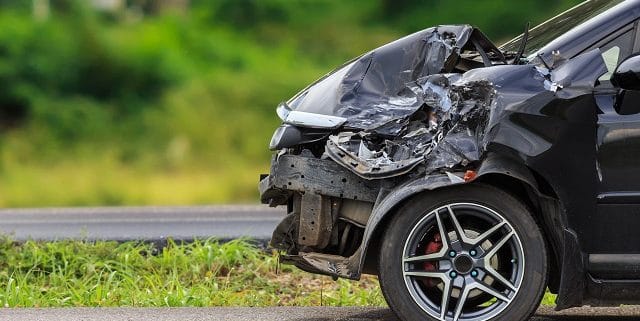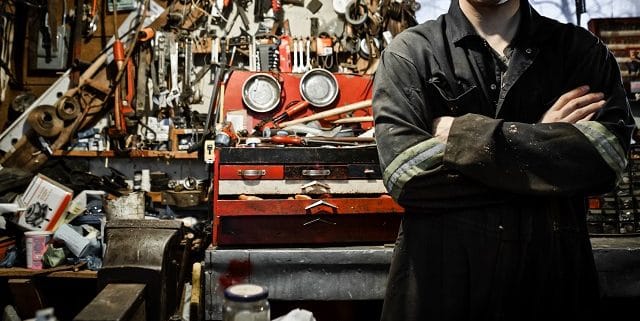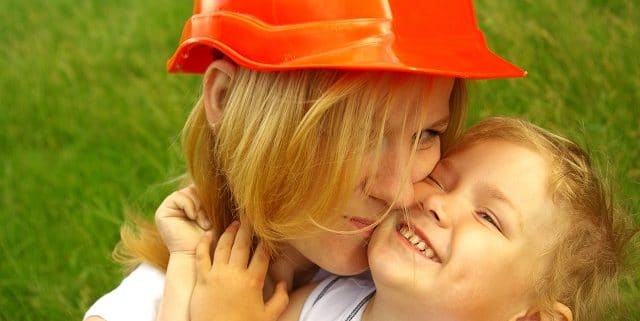Long Weekend Road Safety
Victoria day….the first long weekend in what feels like summer. Finally time to get that yard cleaned up, maybe find a patio for a cold one, or hit the road for the first camping trip of the season. No matter what you get up to this weekend, just know that the roads are way more dangerous over the next three days than usual. Victoria day long weekend claims an average of 4 lives in Alberta and 3 in B.C. With a staggering amount of crashes, roughly 1700-2500.
Make sure you steer clear of the following traffic violations:
Drinking & Driving. I honestly can’t believe in 2018 this is still happening. This is a simple one… If you drink don’t drive. If you’ve only had a couple and you’re not sure? Always play it safe and cab it. When going out for the night, plan a safe way home. Don’t count on your intoxicated self, have something in place. Also please stop the excuses. If you can afford to drink you can afford an Uber home or call a friend or your mom. There is no excuse for risking your life or that of any one else.
Speeding & Aggressive Driving. Just slow it down! Even though it may feel like you’re getting to your destination quicker…is 2 minutes really worth risking human life? Speed is a contributing factor in 27% of fatalities. Watch out for accidents, emergency crews on the road, construction and school zones. Make sure you follow the posted speed limit. Also make sure not to tailgate, weave in and out of traffic, run reds, cut people off and everything else associated with being an aggressive driver.
Distracted Driving. Another one I can’t believe we still have to talk about. No matter how quick you think you are at reading your texts or emails, you’re not. When using your phone while driving, you are 5 times more likely to crash. Either use hands free, pull over or just wait till you get to your destination.
Fatigue. This one is not usually on anyone’s radar. But being severely fatigued can have the same damaging effects as being intoxicated. If you have to, pull over and nap.
Lastly make sure to put your seat belt on. Even if you’re just going down the street. (80% of car accidents happen 25 miles from home). It literally takes 2 seconds to click it on and you are 70% more likely to survive a crash with it on. Why wouldn’t you wear it?
Please make sure to take extra measures this weekend on the road. Whether you arrive in an Uber, taxi, late, or with a full inbox, make sure you arrive safe and sound with many more long weekends in your future.










